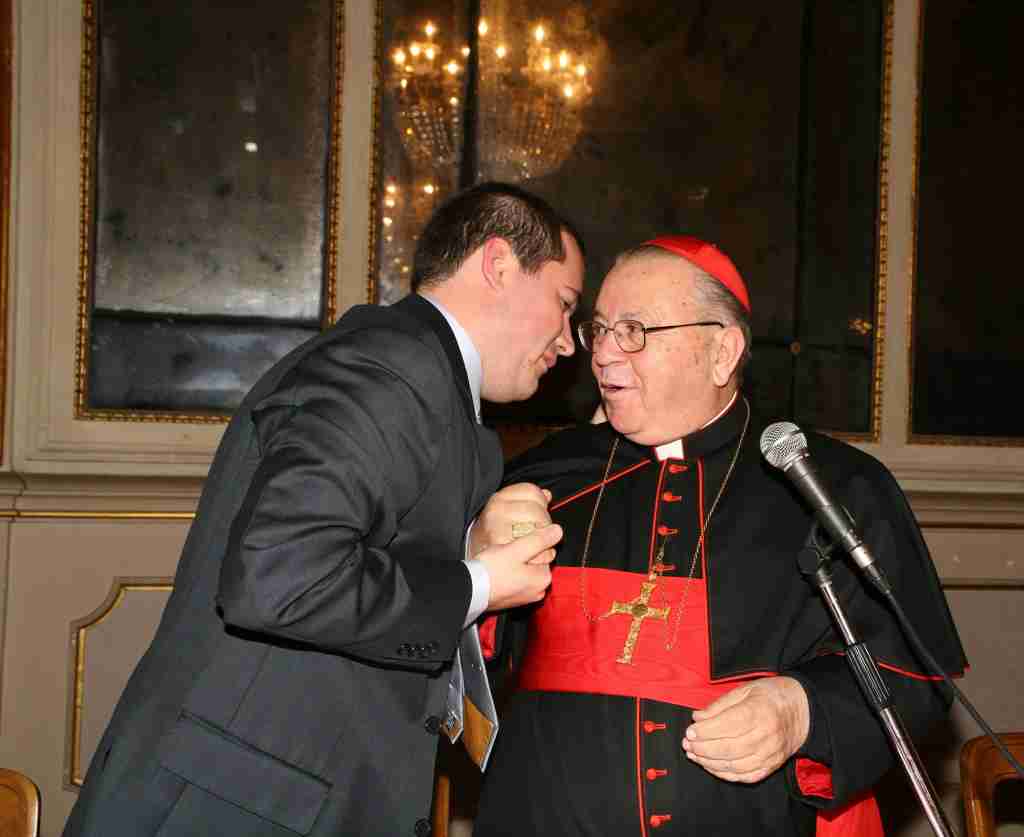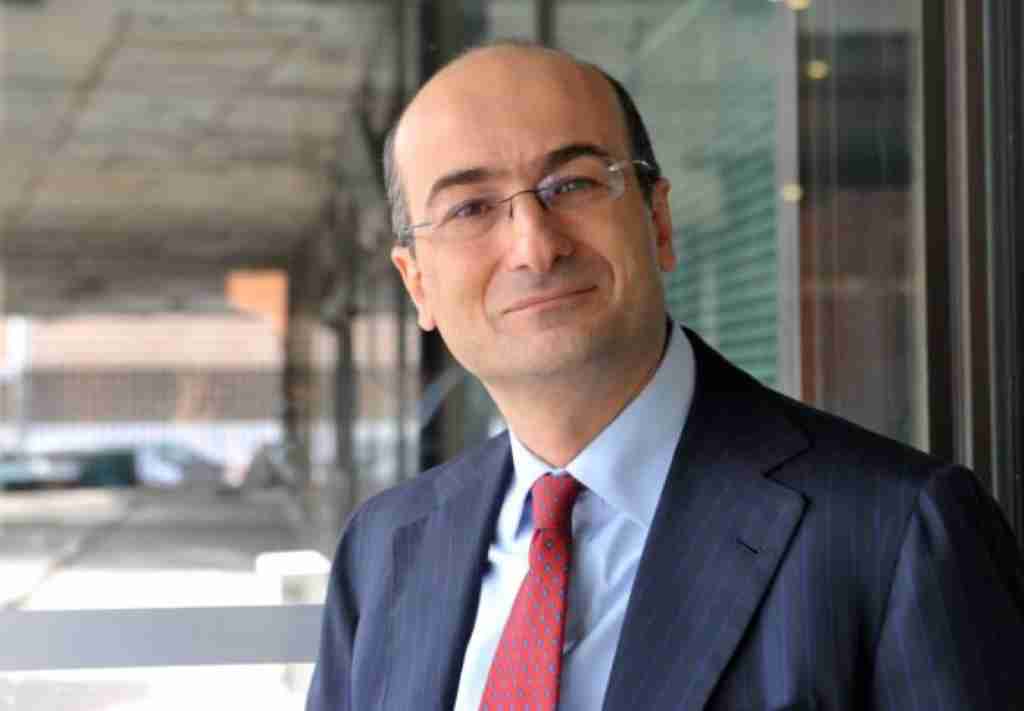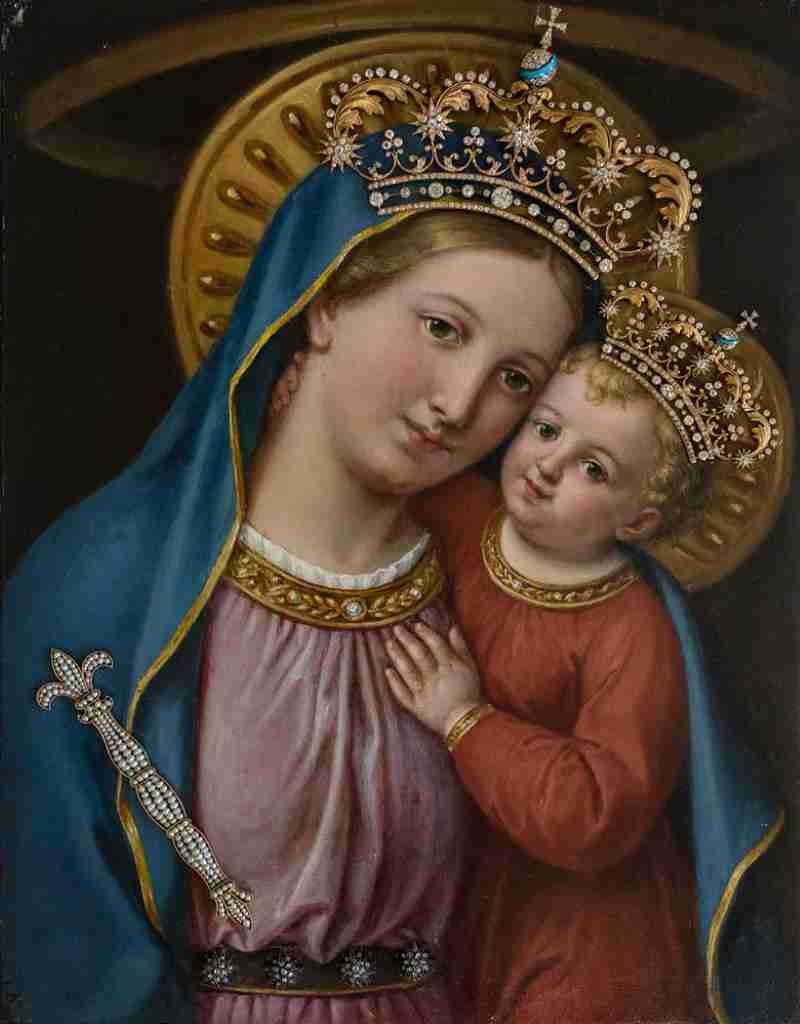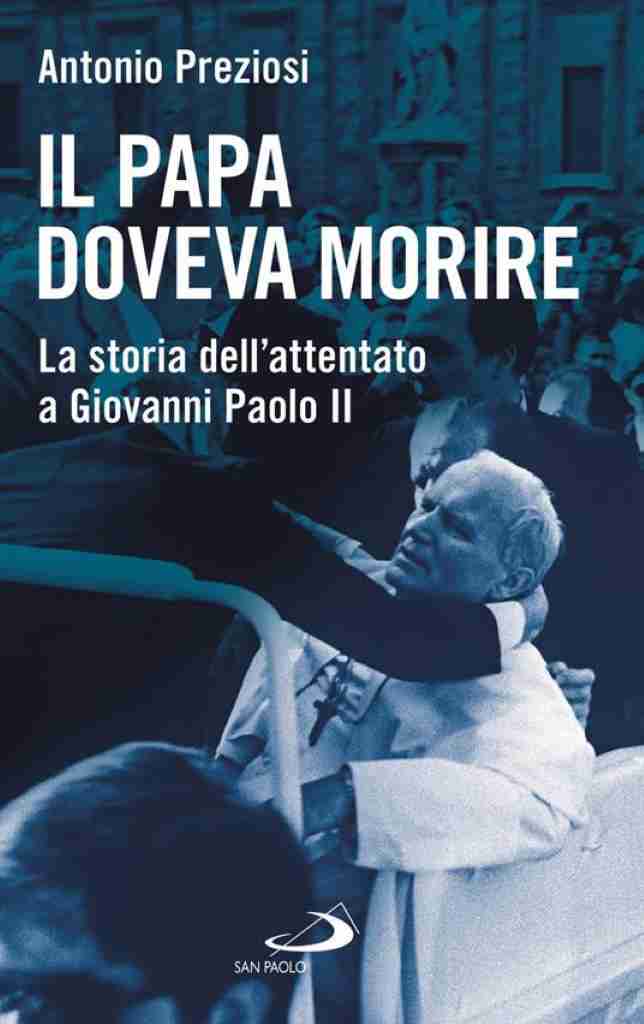Today Saturday 24 September 2022 in Naples, with the blessing of Pope Francis, Cardinal Michele Giordano will be solemnly remembered – Sicut flumen pax tua (the title of his first pastoral letter to the Church in Naples, which he published on Palm Sunday in 1988, as well as being the motto of his episcopal coat of arms) – during the 10th edition of the Award named after him, which will take place at 16.00 at the basilica of the Incoronata Madre del Buon Consiglio and Queen of the Catholic Church, on the Capodimonte hill, one of the most enchanting views of the Neapolitan landscape.

The Metropolitan Archbishop of Naples, Mons.Dominic Battaglia, Honorary President of the Cardinal Michele Giordano Prize, will award the winners of the 10th edition of the award dedicated to the Lucan cardinal, born in Sant’Arcangelo on 26 September 1930 and died in Naples on 2 December 2010, for 19 years at the helm of the Neapolitan archdiocese (9 May 1987-26 September 2005).
Cardinal Crescenzio Sepe, Archbishop Emeritus of Naples (who resides in Capodimonte, like his predecessor, Cardinal Giordano) will be present at the award ceremony; Archbishop Piero Marini, Deputy Archpriest of the Papal Basilica of Santa Maria Maggiore in Rome, President Emeritus of the Pontifical Committee for International Eucharistic Congresses; and Archbishop Mario Milano, Emeritus Bishop of Aversa.

The winning book of the 10th edition of the Cardinal Michele Giordano Award is The Pope had to die (San Paolo 2021) by Antonio Preziosi, Director of Rai Parliament.
Second place is the text Benedict XVI. Life and challenges (Sanpino 2021) by Luca Caruso, Head of Communications and Press Office of the Joseph Ratzinger-Benedict XVI Vatican Foundation.
Third place for the volume Gospel in the suburbs»(Morcelliana 2021) by Marco Impagliazzo, President of the Community of Sant’Egidio.
Special prize for the book The three loaves (Edition Padre Pio da Pietrelcina 2021) by Mons.Dominic D’Ambrosio, Archbishop emeritus of Lecce.
The prizes were awarded unanimously by the recognition commission composed of the President Fulvio Tessitore, the Secretary Francesco Antonio Grana (vaticanista de ilfattoquotidiano.it) and by the journalists Ottavio Lucarelli (President of the Order of Journalists of Campania, The Republic), Antonello Perillo (Deputy director of the Tgr), Marco Perillo (The morning), Alfonso Pirozzi (HANDLE) and Pietro Treccagnoli (Corriere del Mezzogiorno).
The Pope had to die
On May 13, 1981, in St. Peter’s Square in Rome, at 17.17 one of the most serious and known attacks of our recent history takes place: a hitman, perhaps commissioned by still unidentified principals, shoots at close range at Pope John Paul II to kill him. The attacker was Mehmet Ali Agca, a professional Turkish killer, who shot him four shots and seriously injured him. John Paul II was hit twice, losing a lot of blood. The hitman was arrested immediately and then sentenced to life in prison by the Italian judiciary. Months later, the Pope forgave the terrorist; he later also received the pardon of the President of the Italian Republic, Carlo Azeglio Ciampi, and was finally extradited to Turkey in June 2000.
Forty years after that tragic event, Antonio Preziosi in The Pope had to die. The history of the attack on John Paul II (preface by Archbishop Rino Fisichella) reconstructs that day with little-known or even unpublished details, analyzes the reasons and consequences of the gesture, highlighting all the news, historical and spiritual implications of the attack, reflecting on the reasons for the criminal act and on the its consequences.
The author tells some direct testimonies (such as those of Sister Letizia Giudici who “arrested” the terrorist Ali Agca or Professor Renato Buzzonetti, the Pope’s doctor) and many details recalled by Cardinal Stanisłao Dziwisz – former Special Secretary of Pope John Paul II – and by many other witnesses.
Preziosi offers an exciting narrative, capable of catapulting the reader “into” one of the most serious and well-known attacks in our recent history, as in a “film” that has a dual direction: a human (the still obscure instigators of the attack) and a supernatural (the hand that deflected the bullet saving the life of that Pope who “had to die” that day).
The basilica of the Crowned Mother of Good Counsel and Queen of the Catholic Church
The basilica is located in the Capodimonte area in Naples and was built on the model of St. Peter’s Basilica in Rome both in the exterior (including the dome) and in the interior, so much so that it is also known as “the little St. Peter”.
In the square of the basilica is the monumental entrance to the catacombs of San Gennaro, represented by a large bust of the saint over 4 meters high, weighing fifteen quintals. The work, the largest of its kind in the city, was created by Lello Esposito. To the right of the bust is the fountain of the Duchess, a work that dates back to 1939 and was a gift from the Duchess Elena d’Aosta to the city she loved so much. The structure is divided by pillars and lateral arches; under the central panel there is a coat of arms showing a sonnet of San Francesco, followed by the phrase “Donata da Elena Duchessa d’Aosta”.
The construction of the basilica, designed by the architect Vincenzo Veccia, lasted forty years, from January 6, 1920, when the first stone was laid, to April 26, 1960, the day of the solemn consecration, celebrated by Cardinal Alfonso Castaldo. However, the basilica was usable for worship for several years before the consecration.
The church was strongly desired by the Servant of God Maria di Gesù Landi, founder of the Sisters Handmaids of the Church. She was born in Naples on January 21, 1861, she already showed a fervent spiritual vocation as a child. She distinguished herself for her great devotion to the Mother of Good Counsel of which, in 1884, she had a picture of her painted by the Neapolitan painter Raffaele Spanò, much loved by the Neapolitan people following two miracles.

Mother of Good Counsel is one of the titles with which Mary, mother of Jesus is invoked. Of ancient origin, it became particularly popular after the discovery of the image of a Virgin with the child Jesus in the sanctuary of Genazzano and the devotion was propagated by the Augustinian friars who officiated the church. In 1903 Pope Leo XIII added the invocation Mater Boni Consilii to the litanies of Loreto.
Maria di Gesù Landi died on March 26, 1931. However, her disappearance did not lead to the interruption of the works.
On 12 June 1938 the effigy of the Mother of Good Counsel was brought inside the basilica still under construction.
In January 1980 Pope John Paul II elevated the church to a minor basilica.

